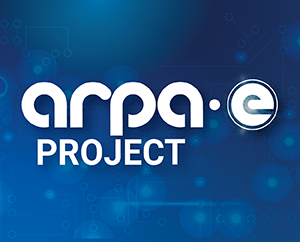Ventilation Air Methane Abatement via Catalytic Oxidation (VAMCO) with Machine-Learning Enhanced Sensing and Feedback Controls

Technology Description:
The Massachusetts Institute of Technology (MIT) aims to develop a complete system to remove low-level methane from high-flow gaseous streams associated with coal mining. Because state-of-the-art mine ventilation air systems offer zero methane conversion, the system will be developed and tested on ventilation air methane. MIT’s design will include real-time input determination, output performance sensing, advanced machine learning algorithms, and feedback control for process optimization. Incorporation of MIT’s system could mitigate nearly 39 million metric tons (MMT) of CO2 equivalents (CO2e) in the U.S., translating to nearly 410 MMT of CO2e if deployed globally. The proposed technology could potentially reverse the trend of accumulating atmospheric methane, offering significant environmental benefits.
Potential Impact:
REMEDY addresses methane emissions from domestic oil, gas, and coal value chains, accounting for 78% of U.S. primary energy.
Security:
REMEDY systems will reduce the environmental footprint from the production and use of domestic resources.
Environment:
A key REMEDY process performance metric is to reduce net greenhouse gas emissions > 87% on a life cycle basis. This metric ensures proposed solutions provide a holistic environmental benefit. If successful, REMEDY processes have the potential to reduce U.S. methane emissions by at least 60 million tons of CO2e (carbon dioxide equivalents) per year.
Economy:
REMEDY goals call for 99.5% methane reduction while meeting a levelized cost less than $40/ton of CO2e.
Contact
ARPA-E Program Director:
Dr. Jack Lewnard
Project Contact:
Prof. Desiree Plata
Press and General Inquiries Email:
ARPA-E-Comms@hq.doe.gov
Project Contact Email:
dplata@mit.edu
Related Projects
Release Date:
04/08/2021
